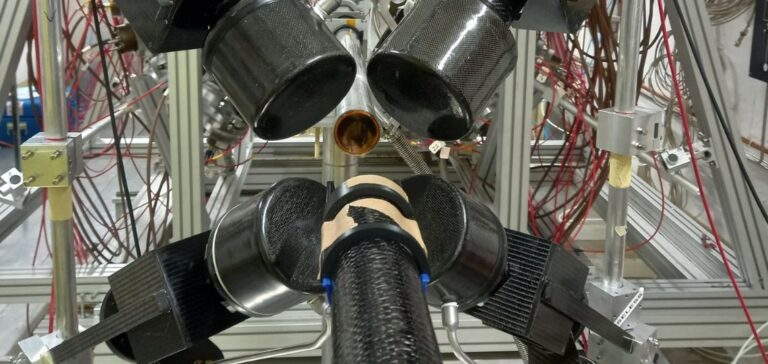CERN, the European particle physics laboratory in Switzerland, is at the cutting edge of technology with its neutron time-of-flight facility (n_TOF). This facility uses high-intensity neutron beams to accurately measure neutron-related processes, including neutron-nucleus interactions.
Impact on nuclear technologies
The UK’s National Physical Laboratory (NPL) will collaborate with CERN to make precise measurements of the effective cross-section of neutron-induced nuclear reactions, relevant to the development of new nuclear technologies. This data is crucial for the development of tritium breeding blankets, plasma armor and the durability of reactor components against radiation damage.
Academic collaboration and future research
CERN also works closely with several UK universities and the UK Atomic Energy Authority. These partnerships aim to improve simulation and operational understanding of next-generation fission and fusion reactors.
Professor Paddy Regan, from the NPL, highlights the fact that: “the new formal agreement between CERN and the NPL will mark a decisive turning point in the UK’s neutron research capabilities.”
CERN’s contributions and ambitions
CERN aims to decipher the composition and workings of the universe through unique particle gas pedal facilities. His achievements include the Large Hadron Collider (LHC), the discovery of the Higgs boson in 2012, and the creation of the World Wide Web. CERN brings together scientists from 23 member states and 10 associate member states, representing over 110 nationalities.
CERN’s future experimental programs at the n_TOF not only push the frontiers of nuclear physics, they also pave the way for a new generation of safer, more efficient nuclear reactors.






















